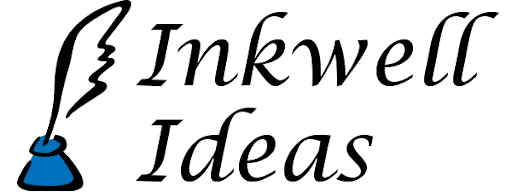Solo RPGs: Mythic Role Playing
The first Solo RPG system to use the Oracle concept, which many others later revised and adopted. Mythic can use its own system (which this overview is based on) or just the Mythic GM Emulator with other RPGs. But the game has no specific quest creation, monster, trap, room contents, or magic system rules.
- 144 Page Book/PDF.
- #Characters: Any reasonable number of players, with or without a GM.
- Dice: Percentile, d100 or 2d10s.
- Key Features: Innovator of the Oracle (Fate Chart) described below; adaptable game system to varying genres; Resolution Chart for listing yes/no and exceptional yes/no results to common tasks.
- Sample Character: Garok, Garok is a barbarian from the frozen north…; Attributes: Strength: Incredible, Agility: Above Average; Reflex: Exceptional; IQ: Below Average; Intuition: Below Average; Willpower: Incredible; Toughness: Incredible; Abilities: Sword-fighting: Incredible; Bow: Average; Dodge: Incredible; Ride Horse: Above Averation…; Strengths & Weaknesses: Battle lust (strength)….
- Oracle: Called the “Fate Chart”, it has 13 columns and rows. It also has random events via an Event Focus Table and Event Meaning Tables.
- Quest Generation: There is a short section on world creation
- Dungeon Mapping: No rules or emphasis on dungeon mapping.
- Monsters/Traps/Room Contents: No specific rules for these. They would be based on the story, fate chart and common sense.
- Magic System: No specific rules for a magic system. In theory, one would pick some abilities and/or strengths related to magic and pre-create a resolution chart for each spell the player is likely to use.
- Character Growth: If using the game system (not just the GM emulator) a chapter is dedicated to advancement. Otherwise, use the game system’s rules.
Mythic Role Playing has a universal RPG aspect or you can use just its Oracle (Fate Chart) and randomness with other game systems. In fact, some of the other systems on this page detail grafting versions of Mythic onto other systems. (Tiny Dungeon and Solo Adventures for 5th Edition D&D are good examples.) The RPG system describes characters via a paragraph description, fixed set of attributes (Strength, Agility, Reflex, IQ, Intuition, Willpower, and Toughness), Abilities (semi-freeform such as Swimming or Handle Cutlass) and Strengths and Weaknesses (such as Magic Sense).
When the players wish to know anything non-trivial, they ask the Oracle, which in Mythic’s case it is the Fate Chart. The chart has 13 rows and columns. Select the row for an acting rank (based on a character’s ability, attributes, strengths, weaknesses, and any other special circumstances) and the column for the difficulty (perhaps based on an opponent or the relative difficulty of the task–how easily can an average person do it?) to be given a percent chance. Then roll percentile dice. Percent values for exceptional yes or no are also listed.
Random Events can occur via the Fate Chart (rolling doubles) or between scenes. These may tell you to introduce a new NPC or “Move toward a thread” (something here will get a character closer to a goal). This result is modified by rolls on two other Event Meaning charts: one for actions and one for subjects. A result may be “Malice News” so perhaps if a goal is to find a murderer, someone in town has been badly hurt, but at least we now have a clue about the person we seek.
